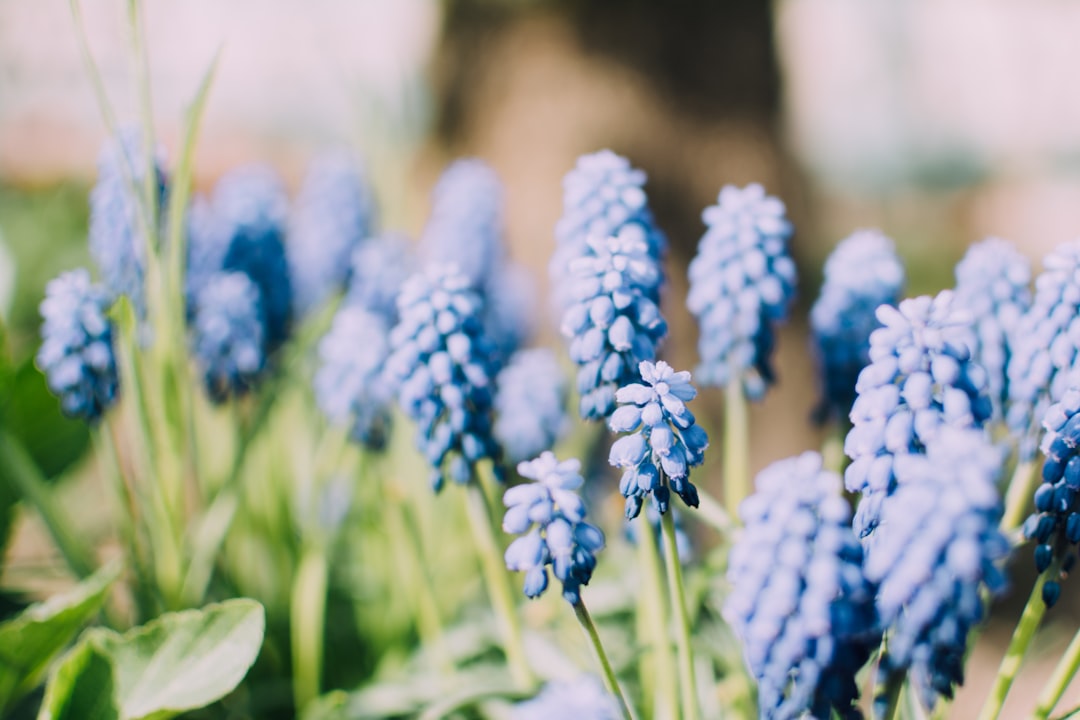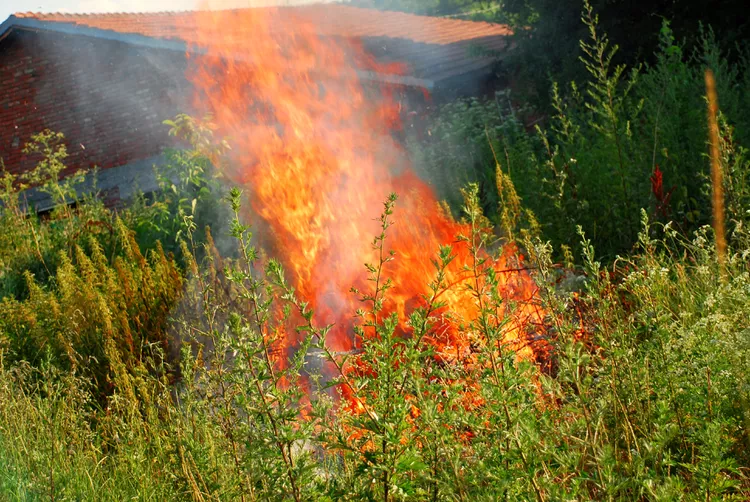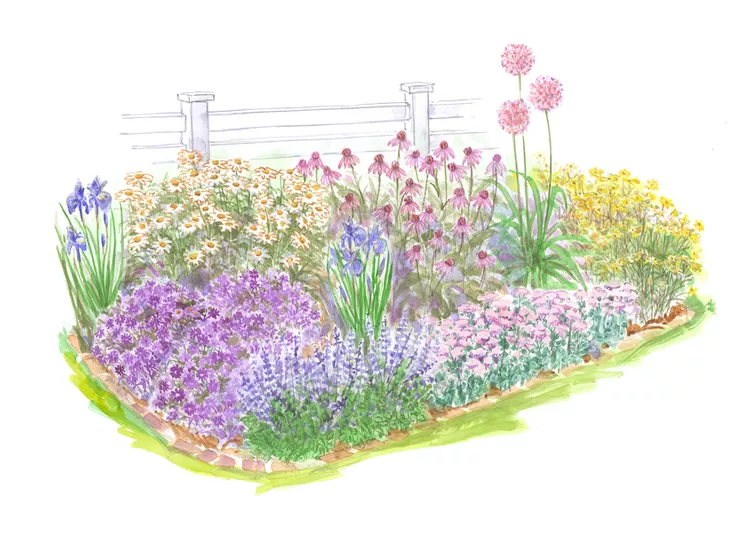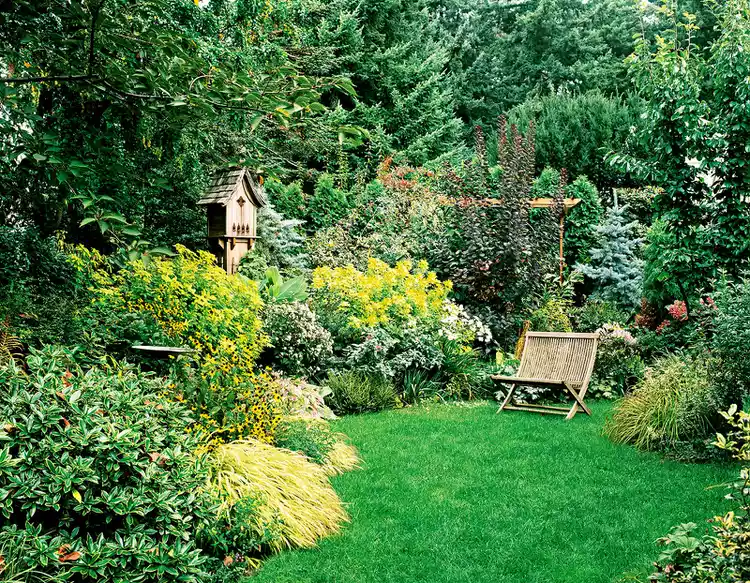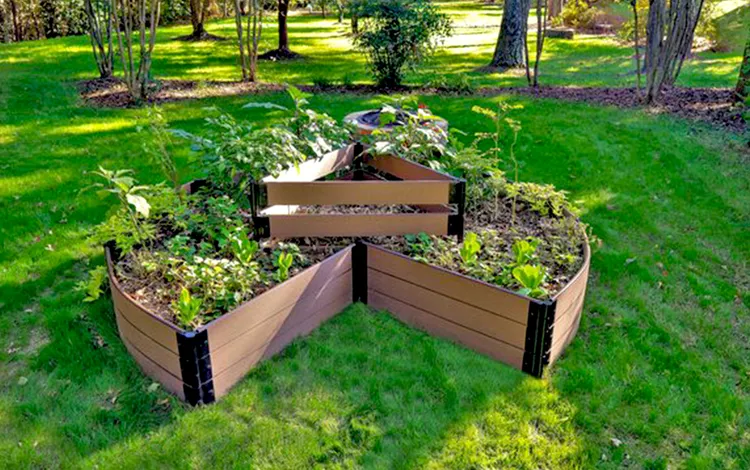Embarking on the journey of gardening is like opening a door to a world filled with colors, scents, and the joy of nurturing life. Among the many treasures that a garden can hold, candytuft stands out as a remarkable evergreen perennial. This plant, with its enchanting fragrant blossoms, has the power to transform any garden into a haven of beauty from late spring to early summer.
Candytuft, scientifically known as Iberis, belongs to the Brassicaceae family. Its name is derived from the sweet - smelling flowers that blanket the plant during its blooming season. These flowers come in a variety of colors, including white, pink, and purple, adding a splash of vibrancy to the garden landscape.
One of the first steps in growing candytuft is choosing the right location. Candytuft thrives in full sun to partial shade. A spot in the garden that receives at least six hours of sunlight a day is ideal. The soil should be well - drained, as candytuft does not tolerate waterlogged conditions. Sandy or loamy soil with a slightly acidic to neutral pH is perfect for its growth. Before planting, it is advisable to amend the soil with organic matter such as compost or well - rotted manure. This not only enriches the soil but also improves its drainage and aeration.
When it comes to planting candytuft, you have two main options: starting from seeds or using seedlings. If you choose to start from seeds, sow them directly in the garden in early spring or late fall. Cover the seeds lightly with soil, about 1/8 inch deep. Keep the soil moist until the seeds germinate, which usually takes about 10 to 14 days. If you opt for seedlings, plant them at the same depth as they were in their containers, spacing them about 8 to 12 inches apart. This allows enough room for the plants to grow and spread.
Watering is an essential aspect of candytuft care. During the first few weeks after planting, water the plants regularly to help them establish a strong root system. Once established, candytuft is relatively drought - tolerant. However, it is still important to water during dry spells, especially during the blooming season. Water at the base of the plant to avoid wetting the foliage, as this can lead to fungal diseases.
Fertilizing candytuft is also crucial for its healthy growth. Apply a balanced, slow - release fertilizer in early spring, just as new growth begins. Follow the instructions on the fertilizer package for the correct application rate. Avoid over - fertilizing, as this can result in excessive foliage growth at the expense of flower production.
Pruning is another important task in candytuft maintenance. After the blooming season is over, trim back the spent flower stalks to encourage new growth and potentially a second flush of blooms. In late winter or early spring, you can also give the plant a light pruning to shape it and remove any dead or damaged branches.
Candytuft is generally a low - maintenance plant, but it is not immune to pests and diseases. Common pests that may affect candytuft include aphids and flea beetles. You can control these pests by using insecticidal soaps or neem oil. As for diseases, powdery mildew and root rot can be a problem, especially in humid conditions. To prevent these diseases, ensure proper air circulation around the plants and avoid over - watering.
In addition to its aesthetic appeal, candytuft also has some practical uses. It is an excellent choice for rock gardens, borders, and edging. Its low - growing habit makes it perfect for filling in gaps between other plants and creating a carpet of color. Candytuft also attracts pollinators such as bees and butterflies, which are essential for a healthy garden ecosystem.
Overall, growing candytuft is a rewarding experience for any gardener. Whether you are a beginner or an experienced horticulturist, this evergreen perennial offers a combination of beauty, fragrance, and ease of care. With the right knowledge and a little bit of effort, you can enjoy the sight and smell of candytuft's fragrant blossoms in your garden year after year.






